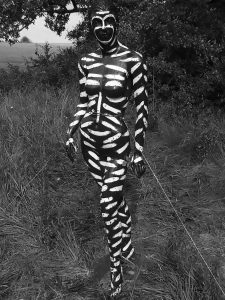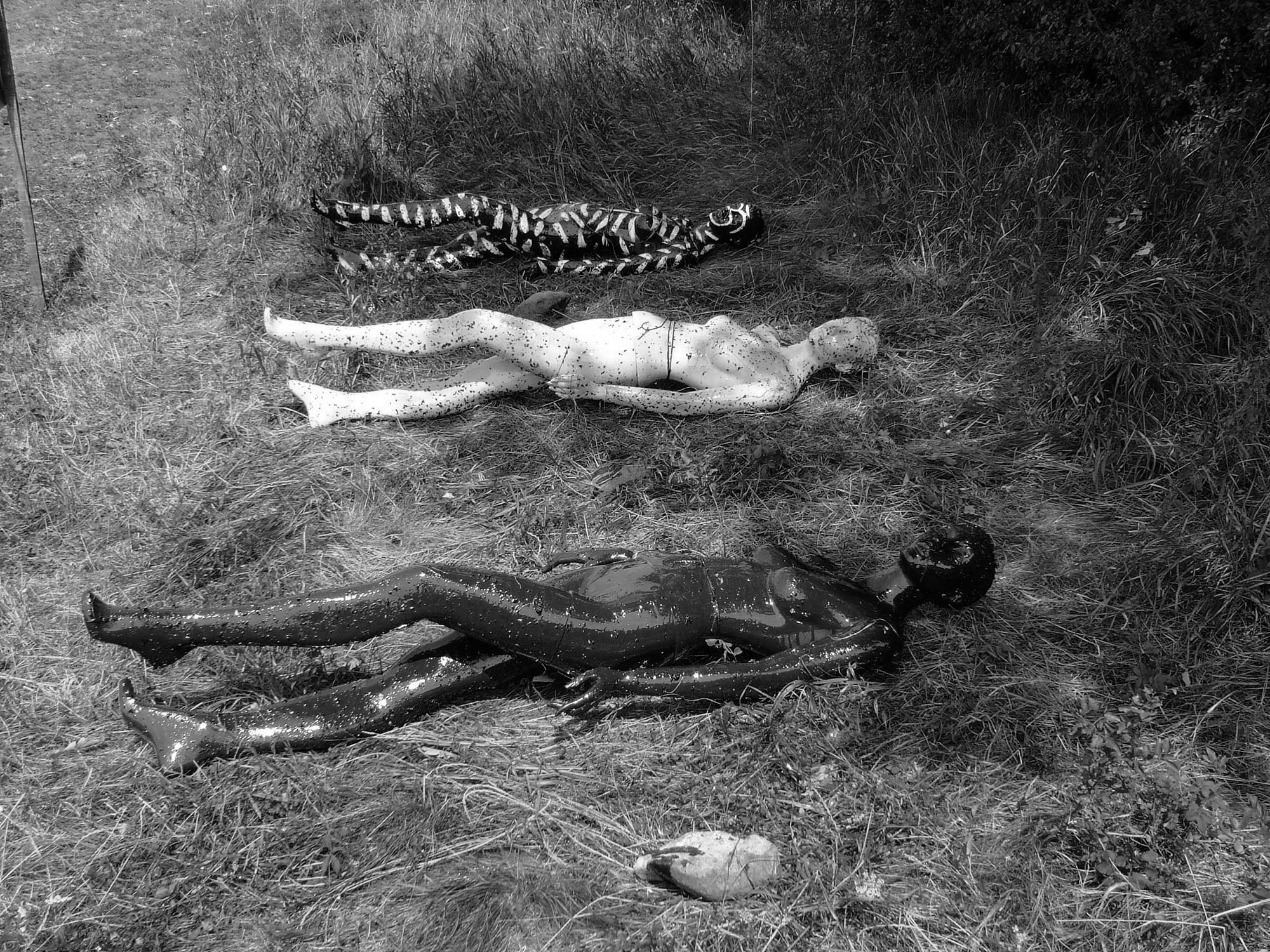Scientists who won an Ig Nobel prize for research that showed darker horses were more often bitten by horseflies than lighter ones have published research showing how this may have been the reason tribal civilisations started using body paint.
The Ig Nobel prize recognises academic achievement that while worthy in itself seems to have no practical application.
Professor Susanne Akesson, Professor Gabor Horvath and Dr Gyorgy Kriska, won the Ig Nobel Prize for Physics in 2016 with their research showing that horseflies preferred darker horses.

Their new research involving different coloured mannequins and published by the United Kingdom’s Royal Society shows that the biting insects with a preference for darker horses may well have been behind the origins of body painting, as they also appear to prefer darker skinned humans.
The study claims that our ancestors may have used body paint not just for cultural reasons but also because it may have served “a function in heat regulation or as camouflage” that makes the insects ten times more interested in a dark-skinned human with no body paint compared to one with said cultural markings.
The beige model used in the study, while considerable less attractive to the insects compared to the dark-skinned one, nonetheless attracted twice as many as its dark-skinned, painted counterpart.
The study’s claims open the door to the possibility that our Neanderthal ancestors may have used body paint to gain the ‘zebra advantage’, where the striped equines had less flies than both darker and lighter coloured horses.
The three researchers from Hungary and Sweden, together with Adam Pereszlenyi, MSc, suggest that indigenous groups who use body paint, who tend to live in parts of the world plagued by mosquitoes, horseflies or tsetse flies, gained protection from insect-borne diseases.
The study used three types of life-size plastic models of human figures: dark brown, beige and dark brown with stripes. All three were then covered with an insect glue that ensured they trapped any biting insects tempted by the human-like figures.
Professor Akesson said: “Body painting began long before humans started to wear clothes.”

Professor Akesson added that cave paintings suggest it went back to Neanderthals who are believed to have painted their bodies with natural pigments such as ochre.
The study also investigated if the horseflies’ attraction to the models differed depending on whether they were lying down or standing up.
The scientists found that females were primarily attracted to the standing figures, while both genders were attracted to the models which were lying down.
As to why the striped markings brought benefits, further research is needed but Professor Akesson said the results were in line with previous studies which showed the insects were influenced by reflected horizontal, polarised light, such as a water surface – with water being needed to drink and as a place to lay eggs.
To find out more about the author, editor or agency that supplied this story – please click below.
Story By: Simon Glover, Sub-Editor: Joseph Golder, Agency: Central European News




